Serverless DevOps Tools Now Downtime with AI
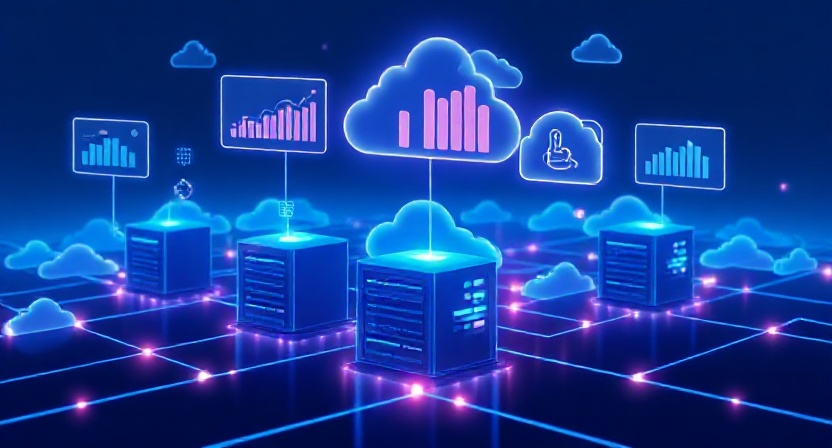
How AI-Driven Serverless DevOps Frameworks Predict and Prevent Downtime In today’s cloud-native world serverless architectures are revolutionizing the way applications are built and deployed. Their...
⏱️ Estimated reading time: 3 min
Latest News
How AI-Driven Serverless DevOps Frameworks Predict and Prevent Downtime
In today’s cloud-native world serverless architectures are revolutionizing the way applications are built and deployed. Their ability to scale automatically reduce operational overhead and improve developer productivity is unmatched. However this comes with its own challenges especially around monitoring, reliability and downtime prevention. The ephemeral and distributed nature of serverless environments makes traditional monitoring tools less effective leaving gaps that can impact performance and resilience.
This is where AI-powered serverless DevOps frameworks step in leveraging machine learning to predict failures optimize auto-scaling and deliver intelligent observability. Let’s dive into the approaches tools and frameworks reinventing serverless DevOps with AI.
Challenges of Serverless Monitoring
Serverless computing brings unique monitoring challenges. Because functions are ephemeral and triggered by events it’s hard to trace execution or diagnose issues using conventional tools. Notably modern DevOps teams need specialized observability solutions that combine centralized logging metrics collection and anomaly detection. Consequently these measures ensure system reliability under dynamic serverless workloads.
AI-Powered Observability CloudAEye in Action
- It centralizes logs and metrics enabling real-time anomaly detection across serverless functions.
- Built with advanced ML and deep learning models it detects anomalies e.g. pod failures memory spikes and reduces Mean Time to Detect MTTD significantly.
- Alerts are visualized on dashboards showing event sequence anomaly confidence scores and root cause paths.
cloudaeye.com
By acting like a virtual SRE AI helps teams spot and respond to issues faster than conventional rule-based monitoring can.
AI-Driven Auto-Scaling: Learning Optimal Configurations
- A 2020 study applied reinforcement learning to serverless frameworks like Knative. The model learned to automatically adjust concurrency limits based on dynamic workloads.
- Over several iterations it significantly outperformed default scaling strategies.
Intelligent scaling ensures optimal resource utilization avoids over-provisioning, and prevents downtime during traffic surges.
AI Frameworks: Learning from Deployment Failures
Another cutting-edge approach comes from the LADs Leveraging LLMs for AI-Driven DevOps framework:
- Designed to automate cloud configuration and deployment using LLMs combined with feedback mechanisms.
- Techniques like Retrieval-Augmented Generation RAG Few-Shot Learning Chain-of-Thought reasoning and iteratively learned prompts help it refine configuration strategies over time.
- As failures happen LADs analyzes them to improve deployment robustness and reliability.
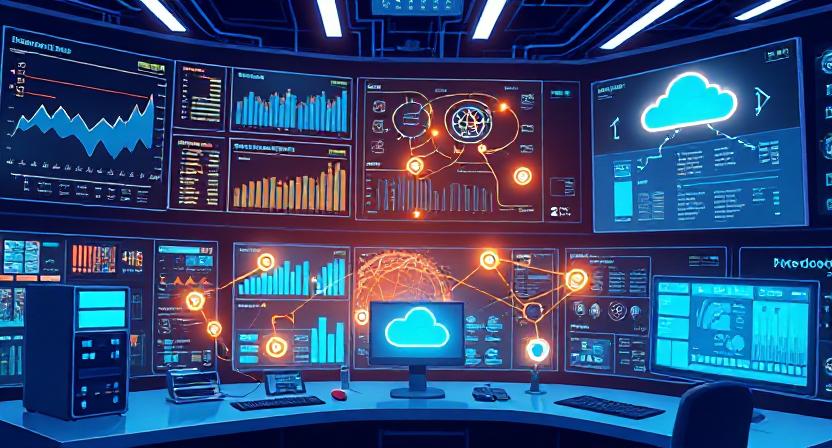
AIOps: Intelligence at the Heart of DevOps
The overarching philosophy tying these approaches together is AIOps AI for IT Operations. Specifically AIOps platforms harness machine learning to transform DevOps and SRE processes.
Benefits and Real-World Value
- Downtime Prevention: AI identifies issues before they escalate into outages.
- Efficient Operations: Adaptive scaling prevents unnecessary costs while managing load effectively.
- Faster Diagnostics: Rich anomaly context accelerates root cause analysis.
- Smarter Deployments: LLMs help reduce configuration errors and streamline releases.
- Data-Driven DevOps: Transforms reactive operations into predictive, continuous improvement loops.
The Future of Intelligent Serverless DevOps
- Explainable AI XAI: for insights into why anomalies are flagged.
- Autonomous remediation: where AI not only predicts downtime but automatically self-heals systems.
- Digital twins of serverless pipelines: with simulations predicting failure before it occurs.
Conclusion
AI is reshaping how we manage serverless architectures bringing real-time observability, predictive scaling and intelligent configuration to a domain known for its opacity and volatility.
Frameworks like CloudAEye’s observability tools reinforcement learning-based auto-scaling and LLM-driven configuration frameworks such as LADs illustrate how AI can act as the next-generation SRE companion anticipating issues preventing downtime and optimizing serverless DevOps pipelines.For organizations embracing serverless at scale integrating AI at the core of DevOps isn’t just optional it’s essential for reliability efficiency and confidence in production.If you’d like I can craft an SEO-friendly title headings structure and meta tags to help this blog post reach your audience effectively.
Related Posts
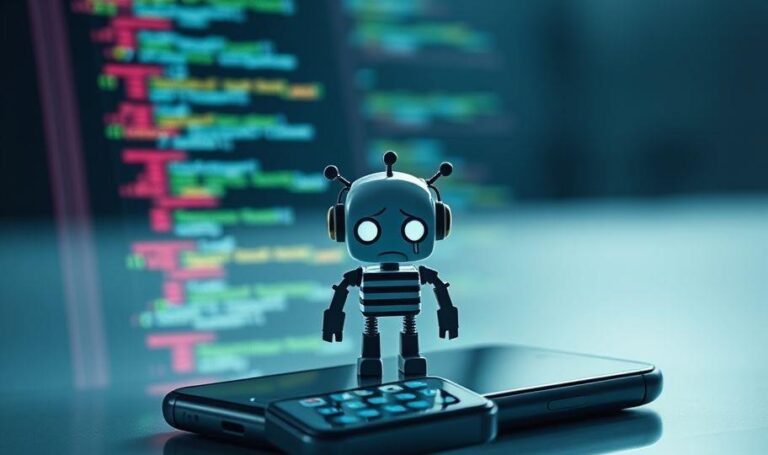
Vibe Coding: Why Mobile Apps Haven’t Taken Off
Vibe Coding: Why Mobile Apps Haven’t Taken Off Dedicated mobile apps for vibe coding haven’t...
September 23, 2025
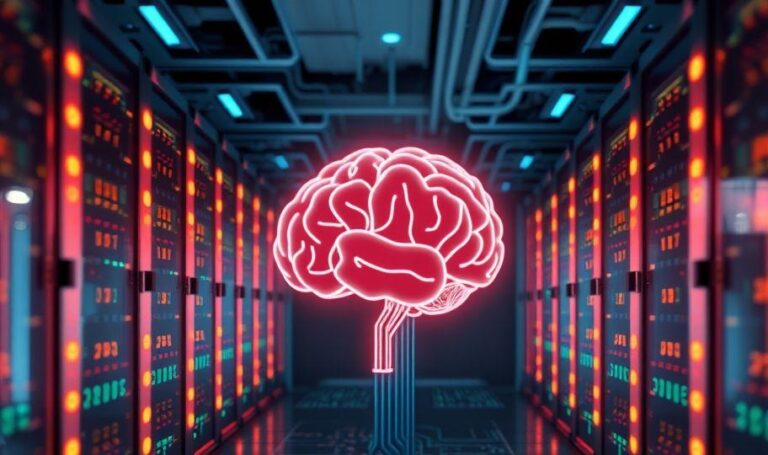
AI Boom Billion-Dollar Infrastructure Investments
The AI Boom Fueling Growth with Billion-Dollar Infrastructure Deals The artificial intelligence revolution is here...
September 22, 2025
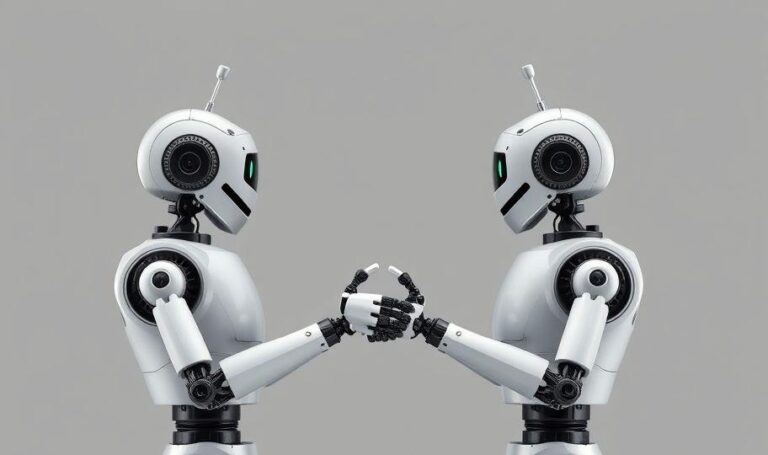
Oracle Appoints Co-CEOs: Leadership Changes
Oracle’s New Leadership: Two Presidents Share CEO Role Oracle Corporation recently announced a significant shift...
September 22, 2025
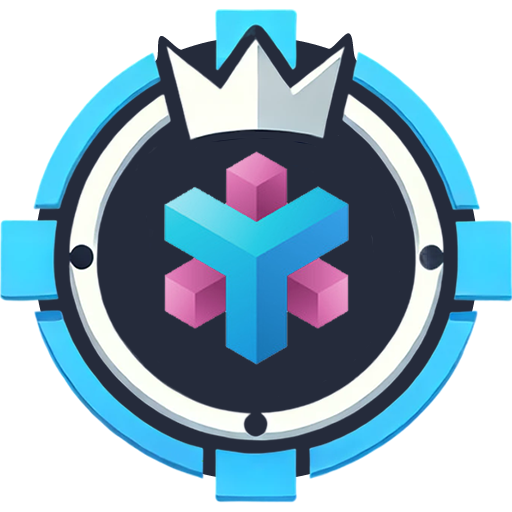










Leave a Reply